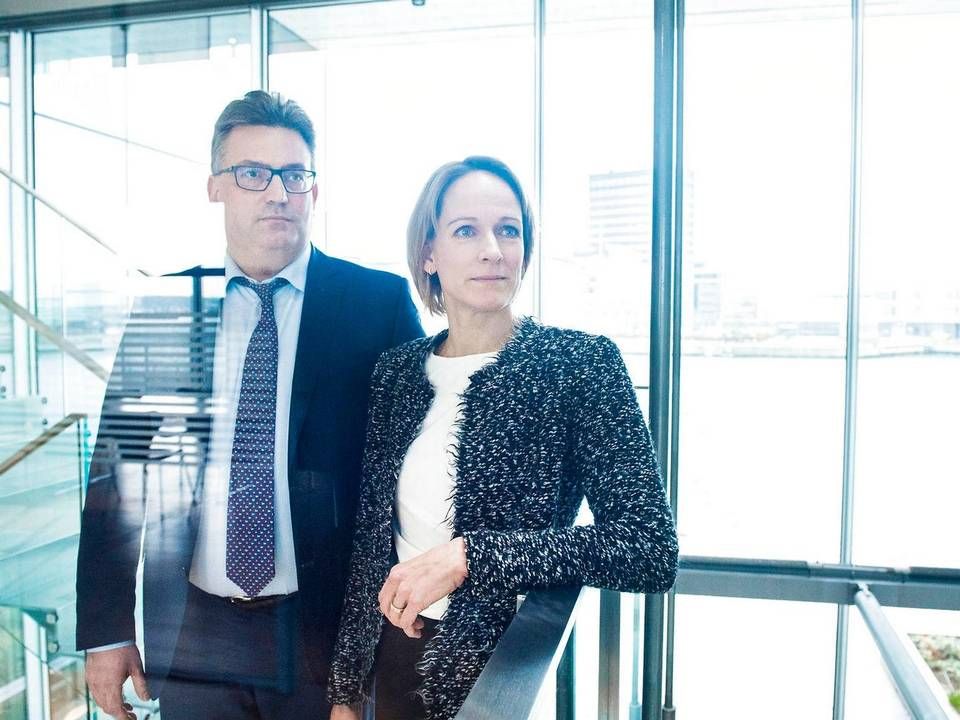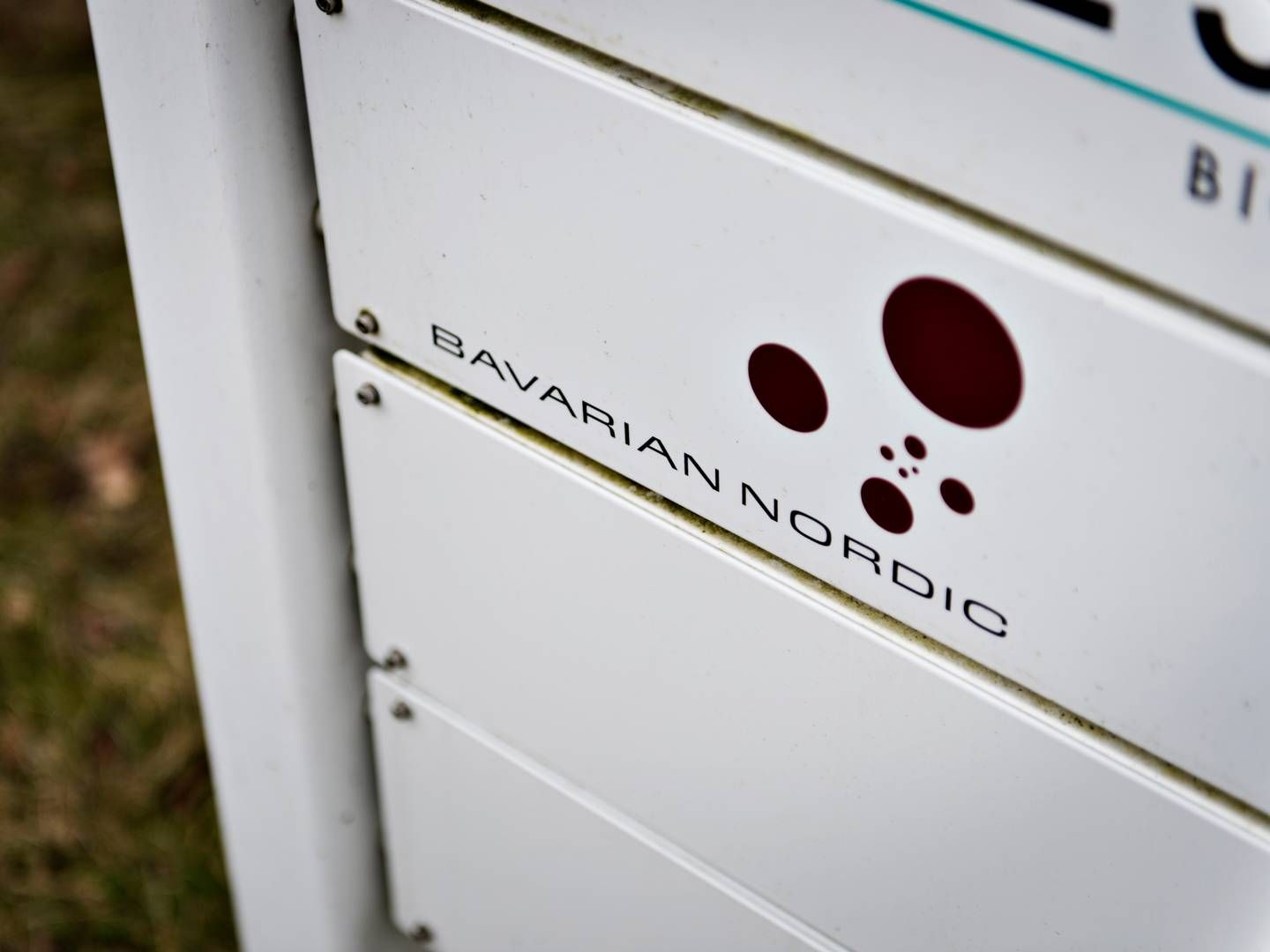Nasdaq launches new green labels for listed companies

Demand for sustainable investment products has increased dramatically over the past years, but both private and institutional clients are still struggling to figure out which investments are sustainable.
Nasdaq is now trying to help investors by introducing two green labels to make it easier to hand-pick green companies on the Nordic stock exchanges, says Carsten Borring, assistant vice president at Nasdaq Copenhagen, adding:
"One thing is having an idea about what is green and what isn't – but for institutional investors, when investing in a more climate-friendly way becomes a board decision, you need to document it. That is what we are starting to make easier here."
Two categories
The new green labels are accessible for companies listed on the Nasdaq exchange in the Nordic markets, and cover both companies that are well on the way to being green, and those with a long road ahead of them.
While they are intended to make things easier for investors, a secondary purpose is to act as a 'carrot' to incentivize companies to transition.
"If they are first movers, companies need to be able to show that. So we are giving the companies that make the transition first the chance to be rewarded for that. However, it is also important that companies that are on this journey have the chance to show that. So we also have a label for companies that are making big investments in transitioning," says Borring.
Green regulation
Nasdaq's new green labels are being launched at a time when there is a lot of regulatory focus on sustainability, both within finance and other industries.
EU regulation including taxonomy and disclosure directives is currently being implemented. According to these directives, companies and investors will need to publicize much more information about how sustainable their activities are.
The EU taxonomy will require organizations over a certain size to publicize how far their activities are in line with the EU's definition of sustainability from 2022 onwards.
Nasdaq's new labels will not compete with these sustainability markers, Borring says – on the contrary, they complement one another. Nasdaq's labels will make it possible for companies to show that they are currently transitioning, says Borring.
"EU officials have been discussing how the companies that have not completed the transition process should be classified under its new taxonomy. These are the companies that are most important to push in a greener direction, and our labels will give those who are investing the most in this a carrot," says Borring.
Do we need more labels?
Borring compares Nasdaq's new green stamps with the Nordic swan label, common in Scandinavian countries and used to signify that products are sustainable.
Like the Nordic swan, Nasdaq's new labels will give investors the chance to quickly get an overview of how sustainable a given company is, and the investor also knows that the product has been assessed by knowledgeable people.
"We are the connection point between investors and companies, and like in a supermarket, we will ensure that there is a product description on all of the products we offer. When one of our products is labeled as sustainable, investors know that it has been examined thoroughly," says Borrring.
The evaluations will not be made by Nasdaq itself – the Center for International Climate Research, Cicero, founded by the Norwegian government in 1990, will be taking on this task.
The labels are therefore not being made to fit funds already present on the Nasdaq exchange, Borring highlights.
"Just as with Moody's credit evaluations, for example, we are using the work that Cicero is already doing. We are just reformulating their analyses and assuming they have the figures under control," he says.
Need a lot of resources
Four companies have joined the program so far – Magnolia Bostad, K2A, Platzer and Wästbygg.
Aquaporin, which entered the Nasdaq exchange on June 28, has not yet joined the program, despite marketing itself as a green transition leader.
Although only four companies are currently on board, Borring is satisfied with the program so far, as applying for a label requires a lot of resources.
"It can take weeks, if not months, and with that in mind, I am very proud that four companies are already involved," he says.
He also highlights that the cost of the program is not a barrier, and it is not intended to be a money maker for Nasdaq.
"Of course you pay for the work needed to process the application, but I don't think we will earn money on it. That is definitely not our motivation for doing it," he says.
English Edit: Catherine Brett
(This article was provided by our Danish sister media, FinansWatch.dk)
CIP launches huge sustainability fund, reaches first close at EUR 800m
High quota prices squeeze Eastern EU up to ETS extension
Related articles
High quota prices squeeze Eastern EU up to ETS extension
For subscribers



















.jpg&w=384&q=75)




